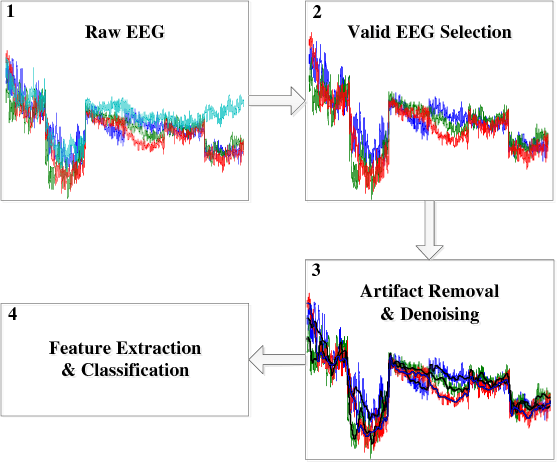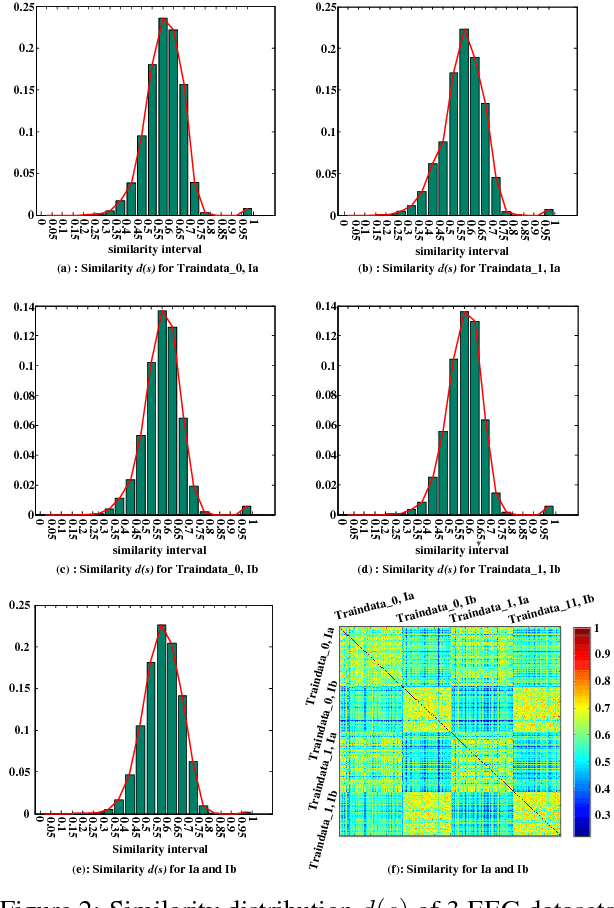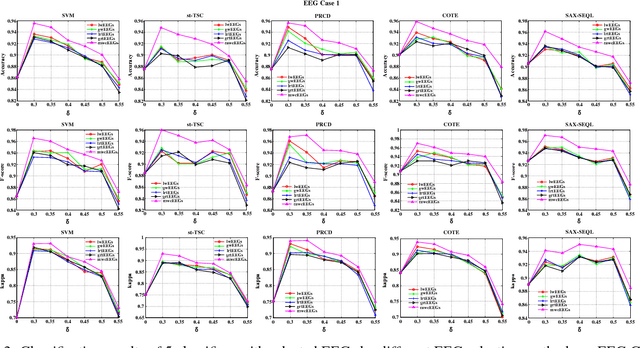Lin Cui
Deep Cost-sensitive Learning for Wheat Frost Detection
Dec 25, 2022Abstract:Frost damage is one of the main factors leading to wheat yield reduction. Therefore, the detection of wheat frost accurately and efficiently is beneficial for growers to take corresponding measures in time to reduce economic loss. To detect the wheat frost, in this paper we create a hyperspectral wheat frost data set by collecting the data characterized by temperature, wheat yield, and hyperspectral information provided by the handheld hyperspectral spectrometer. However, due to the imbalance of data, that is, the number of healthy samples is much higher than the number of frost damage samples, a deep learning algorithm tends to predict biasedly towards the healthy samples resulting in model overfitting of the healthy samples. Therefore, we propose a method based on deep cost-sensitive learning, which uses a one-dimensional convolutional neural network as the basic framework and incorporates cost-sensitive learning with fixed factors and adjustment factors into the loss function to train the network. Meanwhile, the accuracy and score are used as evaluation metrics. Experimental results show that the detection accuracy and the score reached 0.943 and 0.623 respectively, this demonstration shows that this method not only ensures the overall accuracy but also effectively improves the detection rate of frost samples.
Brain EEG Time Series Selection: A Novel Graph-Based Approach for Classification
Feb 09, 2018



Abstract:Brain Electroencephalography (EEG) classification is widely applied to analyze cerebral diseases in recent years. Unfortunately, invalid/noisy EEGs degrade the diagnosis performance and most previously developed methods ignore the necessity of EEG selection for classification. To this end, this paper proposes a novel maximum weight clique-based EEG selection approach, named mwcEEGs, to map EEG selection to searching maximum similarity-weighted cliques from an improved Fr\'{e}chet distance-weighted undirected EEG graph simultaneously considering edge weights and vertex weights. Our mwcEEGs improves the classification performance by selecting intra-clique pairwise similar and inter-clique discriminative EEGs with similarity threshold $\delta$. Experimental results demonstrate the algorithm effectiveness compared with the state-of-the-art time series selection algorithms on real-world EEG datasets.
 Add to Chrome
Add to Chrome Add to Firefox
Add to Firefox Add to Edge
Add to Edge